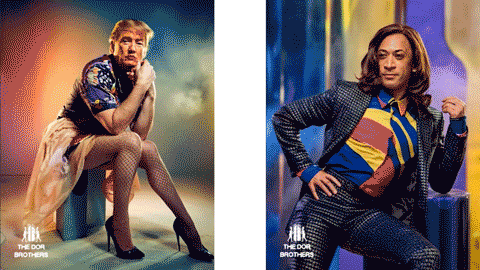
Yonatan is the enigmatic creator of The Dor Brothers, makers of hyper-realistic, wildly imaginative viral AI videos which I and many others consider genius. They’ve been blowing up on Twitter, where some have called their videos ‘disturbing’ and called for greater regulation of AI.
NEWS: Just minutes after we posted this story, One of the Dor Brothers' videos – "The Dope Show" – from which many images in this article come, was banned by Facebook.
The fun, anarchic recent viral videos depict public figures such as Donald Trump, Joe Biden, Kamala Harris and Elon Musk toting guns or cross-dressing in lingerie. They’ve generated a lot of interest on X, but most of the Dor Brothers’ clients are brands and recording artists who want them to make adverts and music videos for them. Their political videos are entertaining, but I think their Rogue Runway videos are the best they've produced.
I sit down for a chat with Yonatan over Zoom. I’m in my very non-AI living room in East London; he is Israeli, based in Berlin but is currently on a business trip to Cyprus, and appears against – naturally – an AI background.
How did his interest in visuals start, and how old was he, I ask? ‘Since forever,’ he laughs. ‘My biggest hobby was to play a song and replay it a hundred times until I had a full music video in my head.’
He’s been animating and editing videos professionally for around five years, but has focused on AI for the past three. He uses AI tools such as Midjourney, Stable Diffusion and Grok to generate the images, and then animates them.
‘We use many different animation programs,’ he says. ‘All of them, basically: Gen3, Luma Labs, Kling, and there’s a new one called MiniMax.’
He spends thousands on subscriptions per month, ‘but I’m running a company with twelve people and we have a lot of clients, so it’s professional subscriptions, not a random hobby.’
I ask which is his favourite AI image generator, and which he thinks is the most advanced. ‘The thing to know is that every one of them has a pro and a con,’ he says. ‘The skill of AI video production is knowing things.
‘I know, for example, “this commercial will really fit with these two tools”, or “this shot specifically will work very well with this one”, or “if I want natural movement, this one is better; if I want cinematic looks, this one is better; if I want frame-to-frame features, this is the only one available”. It’s just about knowing what to use and when.’
He says he works 12 hours a day. Does he ever take a day off?
‘I mean, define “day off”!’ he smiles. ‘I travel a lot, but I travel while I work. I fly to different countries, I’m [working] most of the time but then I go out and check out the cities.’
I ask if he brainstorms the videos beforehand with a storyboard, or if he just sits down at his computer and sees where his imagination takes him. ‘I have a lot of people on my team and I allow them to have creative freedom and come up with things,’ he says.
‘With those really viral videos, I come up with a concept and start playing with it. One of the main things to know when you’re making AI videos is not to come prepared with “I’m gonna do this and this is exactly what it’s gonna be”. You need to make stuff, and depending on how good the results are, you go down that path.’
For instance, he explains, ‘I wanted idea A, but then I generated something that could be a totally different thing, so I’ll go that way instead.’
Does he ever scrap stuff and think a certain direction isn’t working? ‘Usually we try our best to make something happen, but if we feel like it’s not gonna happen, we scrap it, yeah.’
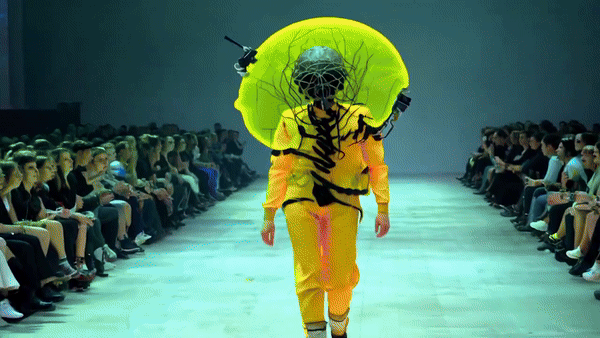
A lot of the time, AI generates images with flaws, such as extra fingers. Does this happen to him? ‘All the time, yeah.’ Does he have to correct it when this happens? ‘It depends how much we care. For example, when we’re making these viral videos, I know there’s an issue with the fingers, but it doesn’t matter. You know what you’re watching – just because it has six fingers, it doesn’t mean the whole thing is ruined and it’s total garbage. It doesn’t make a difference, no one really cares.’
He clarifies, ‘I’m making a commercial for a big brand, I’ll spend more time fixing fingers and such. But if I’m making a silly, people cross-dressing video, I don’t really care about the fingers.’
That cross-dressing video was really quite something, I say. Lots of people say it’s amazing and innovative, but others say it’s disturbing. The most common quip I’ve seen about it is ‘AI really needs to be regulated now’. If AI were more heavily regulated, what would this mean for his art - would it mean less freedom for him?
‘I think regulating [AI] is something humanity should do wisely, because if you immediately regulate everything and shut down access and give people nothing, then what naturally happens is that specific people have access and the majority of the people don’t, and then it creates a classic ‘1984’ situation when everything you think, eat, want, see is dependent on a giver who decides whether you can have it or not, if you act like a good little Samaritan.
‘So I think total censorship is just the wrong move. For example, now I’m talking to people from the Texas Senate and we had some conversations about it. I think they have a healthy approach – they don’t want to immediately shut everything down, because they understand it could lead to a dystopia, but they also don’t want to let everybody do whatever they wish. So I think the trick is to go [from] the edges and slowly [move] into the sweet spot to find what’s right for humanity.’
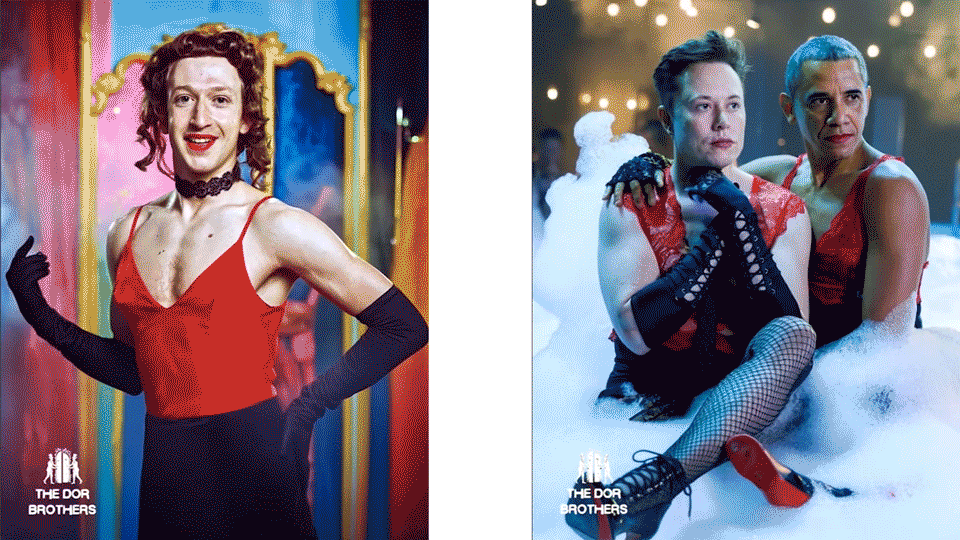
How long does he think it would take for an old-school photographer or videographer to be able to make a deepfake – their first good AI video?
He corrects me: ‘I think “deepfake” is a bit of a confusing term, because all deepfakes really are is just face swapping. The videos we make for example are not deepfake videos - we don’t take something existing and change the face on it. We generate something from scratch.
‘I understand your meaning though,’ he goes on, ‘and I think everybody could do it in six months to one year - I assume it’s going to be that accessible - but I think the regulations are going to be stricter. And I assume the law will be something like: you could generate it but you could go to jail if you generate it.’
He adds, ‘Everyone will be able to make stuff, but just because you give someone an Arri Alexa camera, doesn’t mean he’s going to make the next Tarantino movie. This will [be the case] forever: some people are creative and artistic and talented, and some [are not]… just because they now have a tool that can create cool stuff, doesn’t mean they’ll create engaging and relatable content.’
Thinking of Tarantino, I ask him whether he’s thought about making feature films. ‘The main reason we’re making these viral videos is that we want an investment for a TV show,’ he reveals. ‘We have a script ready, and it’s a TV show about AI and the near future of humanity. We really want to make that happen. That’s the main goal.’
He says, ‘A lot of people have tried to buy my company. I tell them, “I don’t need your money, I want to make movies! I don’t want to sell this thing, I just want to make cool art.”’
So if somebody had never seen one of his videos, where should they start? ‘The latest viral videos, The Hustle and The Dope Show, is what people currently know us for. We’re also about to release a music video for a very famous rapper.’ He has already made a video for the huge recording artist French Montana.
Yonatan says that he doesn’t have a political stance, and he’s making the videos for fun. I point out that AI representations of three Democratic politicians appear in his videos, but only one Republican politician. Is this because Democrats are more recognisable?
He has a good explanation: ‘I’ll tell you exactly how I choose my characters - I go to an LLM [Large Language Model] like ChatGPT and ask “who are the ten most famous political figures?”!’ So my goal is more reality. But I do make sure it’s not biased. For me it’s more about the individuals and those personas we consider above gods. I’m trying to bring them back to a human level.’
The public figures in his videos such as The Pope, Barack Obama and Mark Zuckerberg always look more flattering depicted by AI than they do in real life. Why is this?
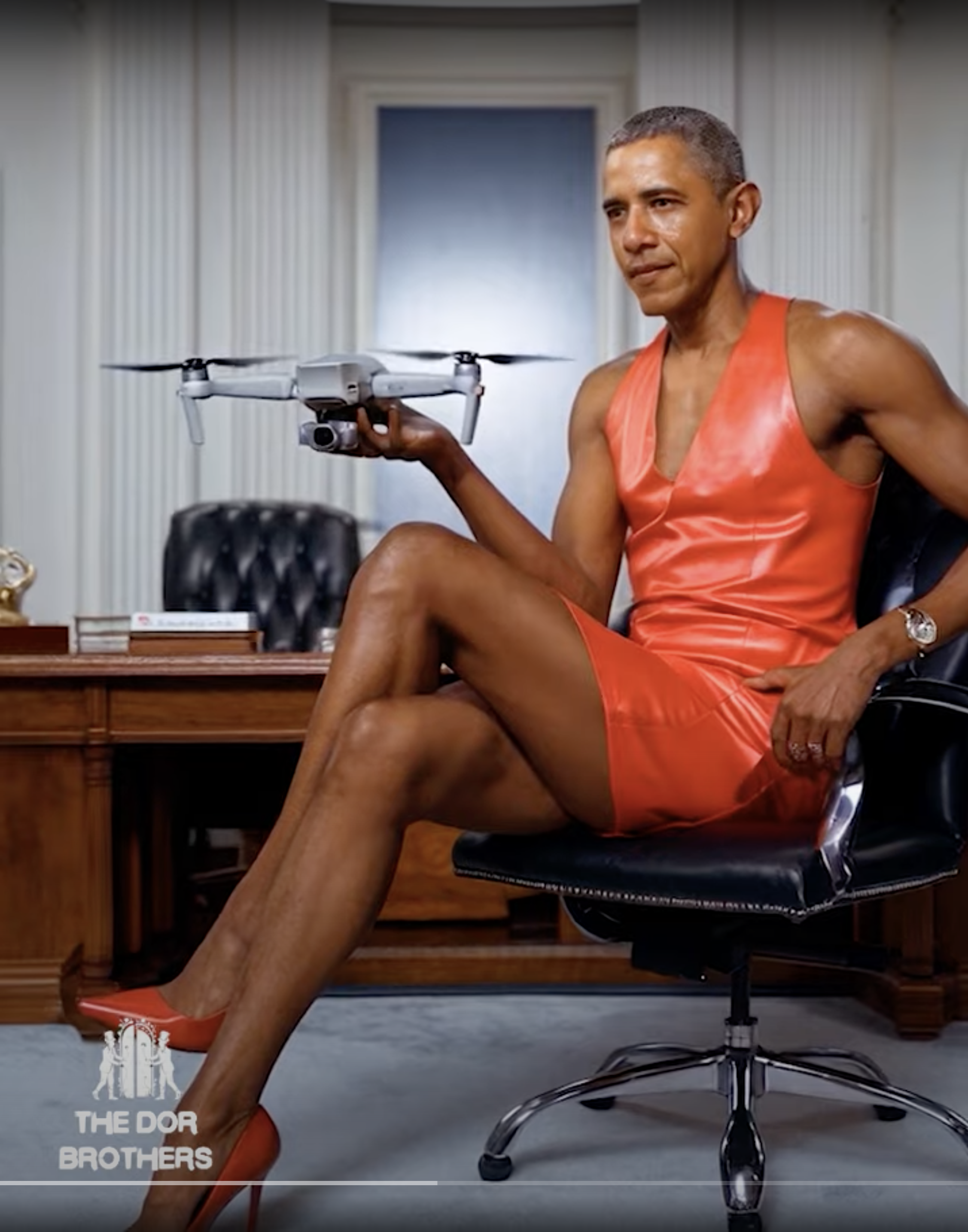
‘There’s something called a “beauty standard” that AI generators work on,’ he explains. ‘It’s not about how beautiful people are, it’s about what beauty is, and they try to adjust the beauty to the general human eye. For example, if you type in “beautiful picture”, it’ll create a picture which the average person will say looks nice. So it takes the same kind of training and applies it to [these public figures]. It’s about making the visuals more connected to the global beauty standards of the human eye.’
I mention that, for another Digital Camera World piece, I’ve been using an AI which tests people’s attractiveness, and the AI preferred me with makeup. I hypothesised that this was because it had been trained on pictures of women wearing cosmetics.
Yonatan isn’t so sure: ‘It also matters which specific software you’re using, because for example in Midjourney, the way they select what’s beautiful or not is by letting people vote. So it’s not like they’ve trained their data and decided “this is beautiful” - they let people constantly vote on what they think is beautiful and they take the average of that. So it’s a more democratic beauty voting system.’
He says he doesn’t like sharing the meaning behind his art, because it ruins other people’s interpretations. Is he planning more videos featuring politicians in the run-up to the US election, I ask? ‘We’re making the best one we’ve ever made right now,’ he promises with a smile. ‘It’s going to be something.’
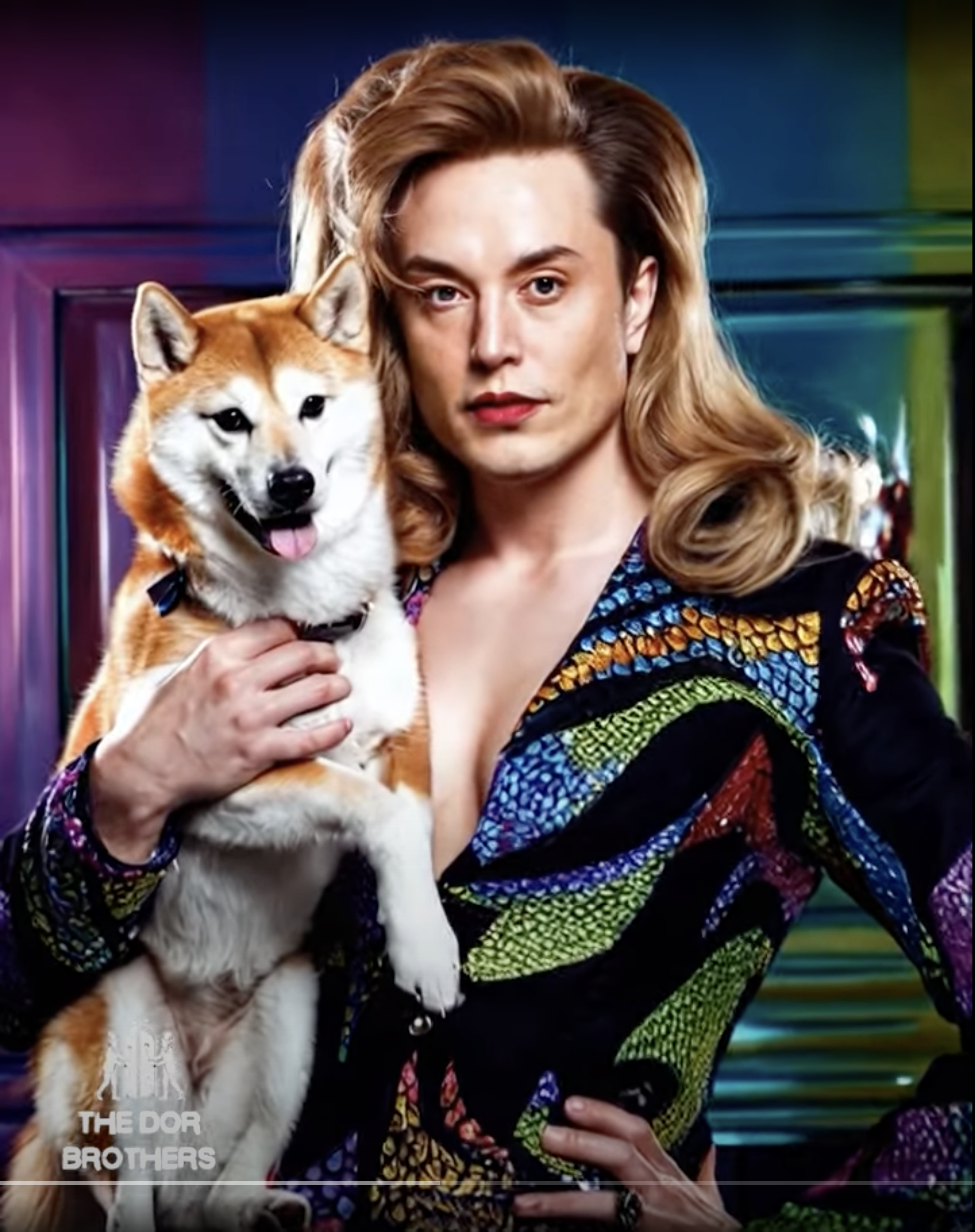
Has he ever had a response to his videos from the celebrities featured in them, such as Elon Musk? ‘Not yet, but we’ll catch them at some point!’ he jokes.
Part two of this interview will be published soon, but in the meantime, I ask how people can view his creations. He says he’s aiming to upload a new video every Tuesday or Wednesday, and that people can follow him on Twitter/X, Facebook, Instagram and YouTube.
And then he’s off to ‘animate the future’, as the Dor Brothers’ tagline says. I can’t wait to see what he comes up with next.







